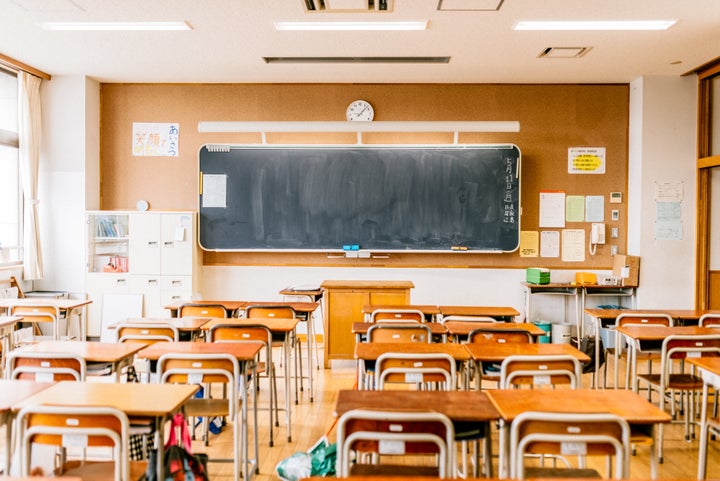
As a legally blind student, the first day of school holds special meaning for me. Along with excitement and nerves over new teachers and new classes, that day each August also affirms my sense of belonging—a sense that I am claiming a right just as other students do when they board the school bus or walk to campus.
But too often, kids with disabilities are left behind. This week, a unanimous Supreme Court took a step toward ensuring that students with disabilities can receive their right to a meaningful public education.
Since it passed over thirty-five years ago, the Individuals with Disabilities Education Act (IDEA) has required state and local schools receiving federal funding to provide students with disabilities a free appropriate public education (FAPE). Currently, over 6 million students across the country with various types of disabilities benefit from the IEDA’s protections. But parents, school districts, and the lower federal courts have contested exactly what that actually requires.
This week’s case, Endrew F. v. Douglas County Sch. Dist., comes down as appellate courts have split sharply over the level of FAPE learners with disabilities are entitled to from their schools. The disagreement largely stems from the Court’s previous decision in Board of Educ. v. Rowley, where the Court declined to establish a uniform standard for the adequacy of educational benefit under the Act.
On the low end of the spectrum, the Tenth Circuit determined that IDEA requires schools to provide an education that is “merely more than de minimis,” or just above trivial. On the other end, the Third Circuit’s held that a FAPE must provide a “substantial educational benefit.” The Court granted review in Endrew F. to clarify the level of educational benefit IDEA demands.
The case arose after the parents of Endrew F., a student with autism, decided his school was not doing enough to educate their son. Each year from preschool to fourth grade, the school district renewed Endrew’s individual education goals without making substantial changes. This suggested the plan was failing to help make meaningful progress.
Eventually, Endrew’s parents enrolled him in a private school, where he improved significantly through a new plan designed to address specific behaviors and goals. When his parents attempted the reenroll Endrew in public school again, the district offered a version of its previous plan. The school district argued this was sufficient because it provided Endrew “some” educational benefit.
The Court’s unanimous decision rejected that view. As Chief Justice Roberts declared, IDEA requires “an educational program reasonably calculated to enable a child to make progress appropriate in light of the child’s circumstances.” In other words, each child should have the opportunity to meet “challenging objectives.”
For students with disabilities, the Court’s holding does more than signal a heightened standard of educational benefit—it clearly sets out that students with disabilities deserve meaningful opportunities to learn, grow, and thrive.
The Tenth Circuit standard’s true harm was that it normalized failure. In effect, it announced to students that their education did not matter. In broad terms, it became inconsequential whether or not they made progress toward their goals simply because they had a disability. The Supreme Court rebukes that notion, and encourages students with disabilities to expect more of themselves and their schools.
IDEA empowers students with disabilities to aim high with support from school administrators and input from parents. For me, the Act did just that. From preschool through twelfth grade, I received my right to accommodations such as enlarged papers, a seat in the front of the room, and support from vision and mobility specialists outside the classroom. At the same time, my parents, like Endrew’s, demanded that my disability should not stop me from becoming independent. Each year, they met with school officials to insist on adjustments to my learning plan as necessary.
Their efforts paid off. I went on to attend the University of California, Berkeley and am now completing my first year of law school at UC Irvine School of Law.
Although the Supreme Court’s decision marks progress, challenges remain. A key next step will be to monitor how the Court’s holding is implemented. State and local school districts should take the lead by showing their students that having a disability does not mean you cannot learn. Instead, it just means you see, walk, think, or act in a different way.
Despite these challenges, the decision is reason to hope. For Endrew, myself, and the millions school children with disabilities who qualify for services under the law, it means we can no longer be ignored.
